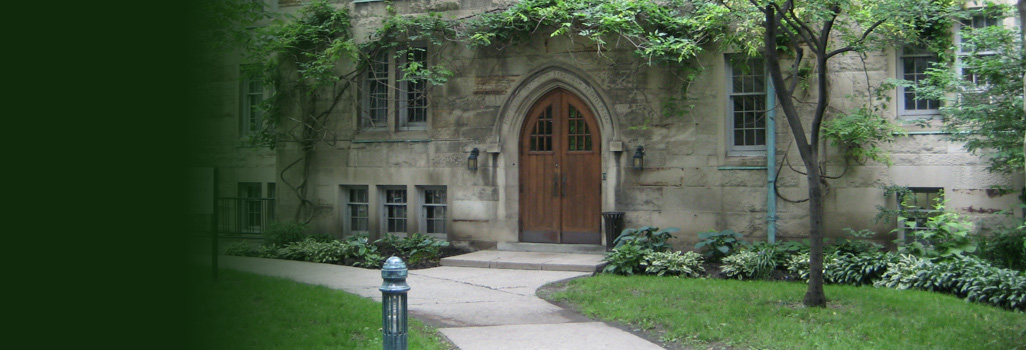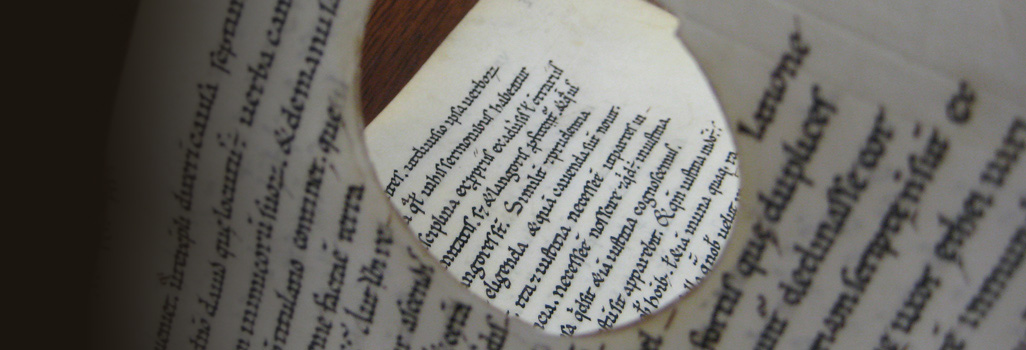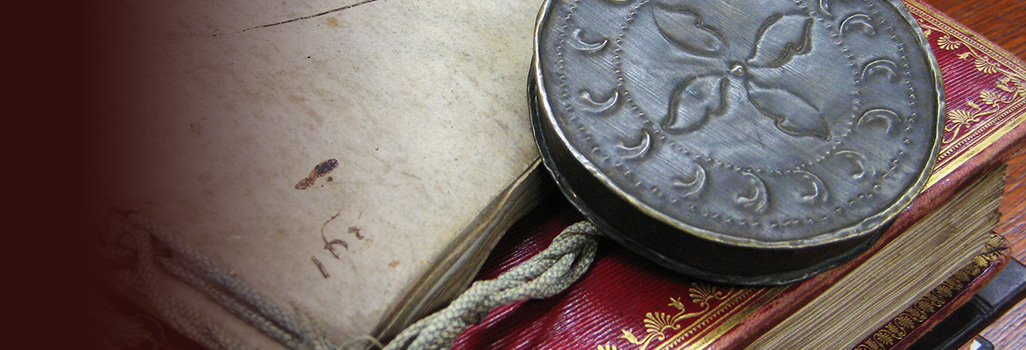
Seminar: “Educational and Poetic Ideals of the Late-Ninth and Early-Tenth Century”
Paul Vinhage (Mellon Fellow, PIMS)
In the second half of the ninth century, many poems begin to appear with their own commentaries and glosses. In some cases, the poets supplied their own commentary. Heiric of Auxerre, writing in the 870’s, added many marginal comments and interlinear glosses to his Vita Sancti Germani metrica. The anonymous poet of the Gesta Berengarii imperatoris also provided an extensive commentary to his poem in the early tenth century. At the same time, Radbod of Utrecht may have enriched his Carmen allegoricum de Sancto Switberto with a set of learned notes. In each of these poems and their paratexts, I will argue, the poets construct educational ideals for different communities within different networks of texts.
In the course of this seminar, I will discuss these “educational ideals” with reference to the sources of the poems and commentaries and consider whether and why poets glossed their own work. An examination of the poems’ texts and mis-en-page reveals an educational network stretching across Northeastern France, where the philosophy of John Scottus and the seven liberal arts of Martianus Capella were in vogue. These texts, among others, formed the scholarly foundation for this style of poetry cum commentary. Heiric, Radbod, and the Gesta poet all portray local, idealized communities centered on saints and rulers and expressed through literary and educational culture. In all of the poems, the liberal arts ground and inform these communities.
I will also suggest some further avenues for research into the interaction of poetry, commentary, the liberal arts, and manuscript culture in the early Middle Ages. The poetry of Hibernicus Exul, from the early ninth century, takes the first four books of Isidore’s Etymologiae as its model, and Egbert of Liège’s Fecunda Ratis, an educational poem from the early eleventh century, includes a substantial commentary at its beginning. This added context will help situate the self-glossed poetry of the late-ninth and early-tenth century in the broader trajectory of poetry and education in the early Middle Ages.


